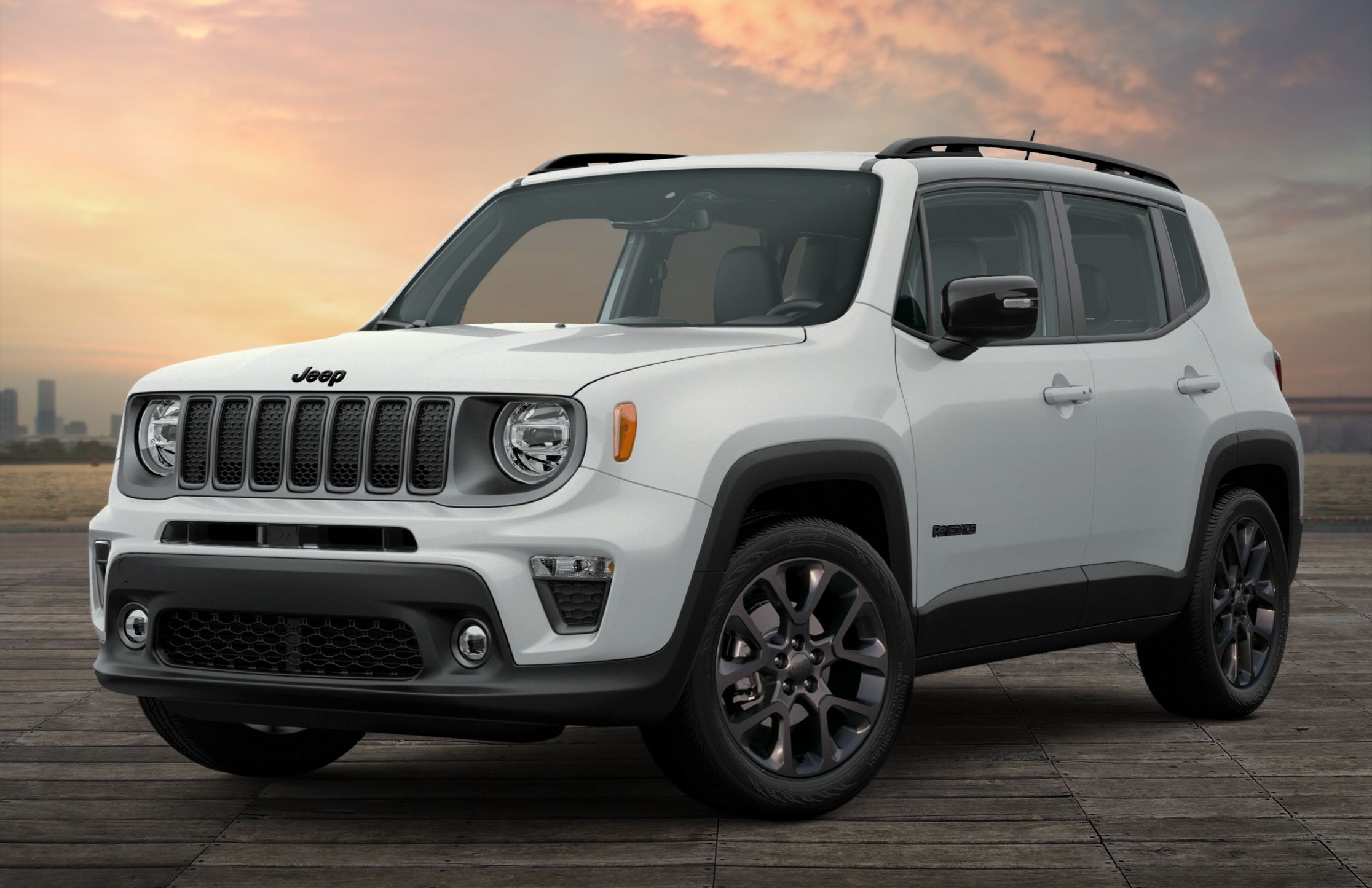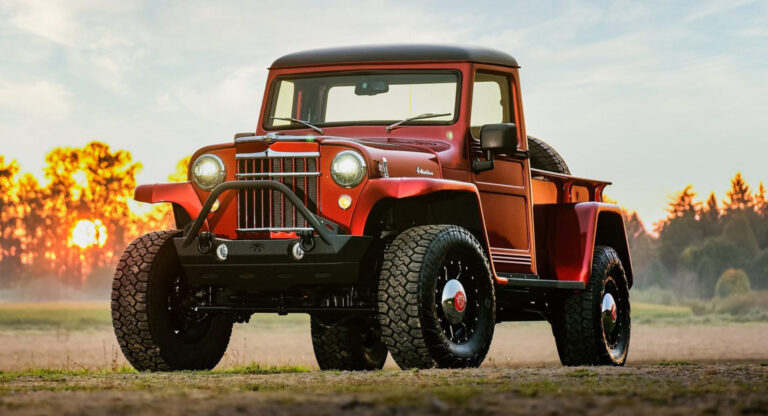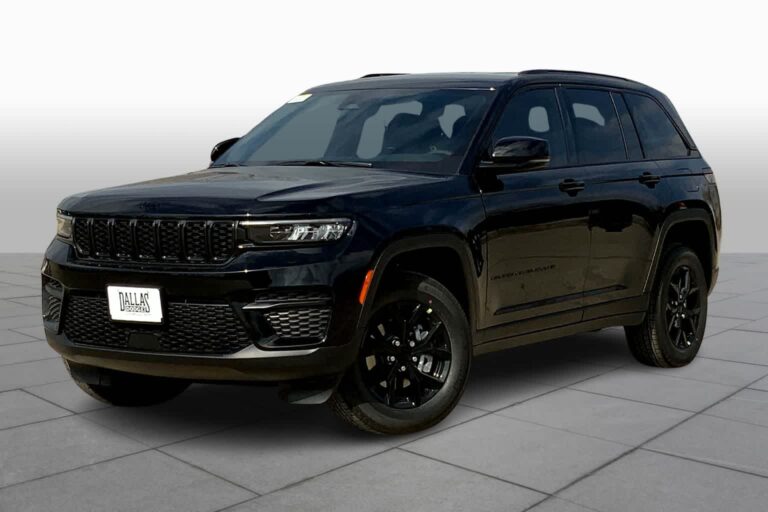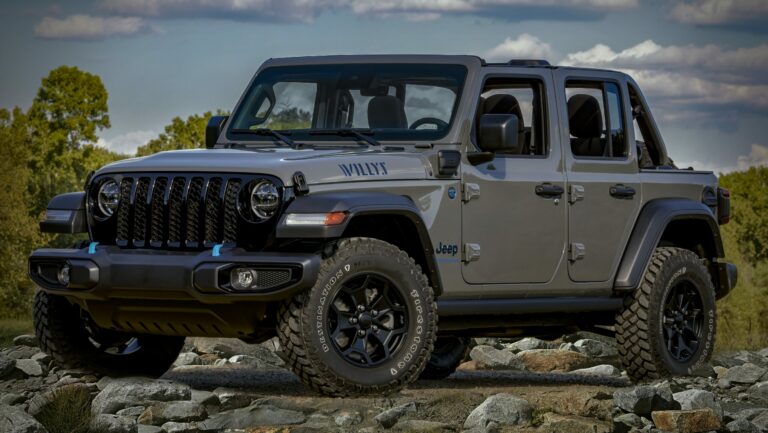Jeep Liberty Diesel Motor For Sale: Your Comprehensive Guide to Finding and Owning the Legendary CRD Engine
Jeep Liberty Diesel Motor For Sale: Your Comprehensive Guide to Finding and Owning the Legendary CRD Engine jeeps.truckstrend.com
The Jeep Liberty CRD (Common Rail Diesel), specifically the 2005-2006 models equipped with the VM Motori 2.8L turbodiesel engine, holds a special place in the hearts of many Jeep enthusiasts and diesel aficionados. Known for its impressive fuel economy, robust low-end torque, and surprising towing capabilities, the CRD offered a unique alternative in the compact SUV market. However, like any engine, the VM Motori unit can eventually require significant repairs or even a complete replacement. This comprehensive guide is designed for anyone navigating the market for a "Jeep Liberty Diesel Motor For Sale," whether you’re replacing a failing engine, planning a diesel swap, or simply curious about this distinct powertrain. We’ll delve into everything from understanding the engine itself to sourcing, inspecting, and maintaining your next CRD motor.
Understanding the Jeep Liberty CRD: The VM Motori 2.8L Engine
Jeep Liberty Diesel Motor For Sale: Your Comprehensive Guide to Finding and Owning the Legendary CRD Engine
At the heart of the Jeep Liberty CRD is the VM Motori A428 DOHC 2.8-liter (2776cc) inline-four turbodiesel engine. This powerplant, developed in Italy, delivered 160 horsepower at 3800 RPM and a stout 295 lb-ft of torque at a low 1800 RPM. Paired with a 545RFE automatic transmission, it provided a compelling blend of off-road prowess and highway efficiency, often achieving significantly better fuel economy than its gasoline counterparts.
Key Characteristics and Benefits:
- Torque: The defining feature, offering excellent pulling power for towing and crawling.
- Fuel Economy: Generally superior to gasoline V6 options, especially on the highway.
- Durability: Many units, with proper maintenance, have proven to be long-lasting.
Common Considerations and Potential Challenges: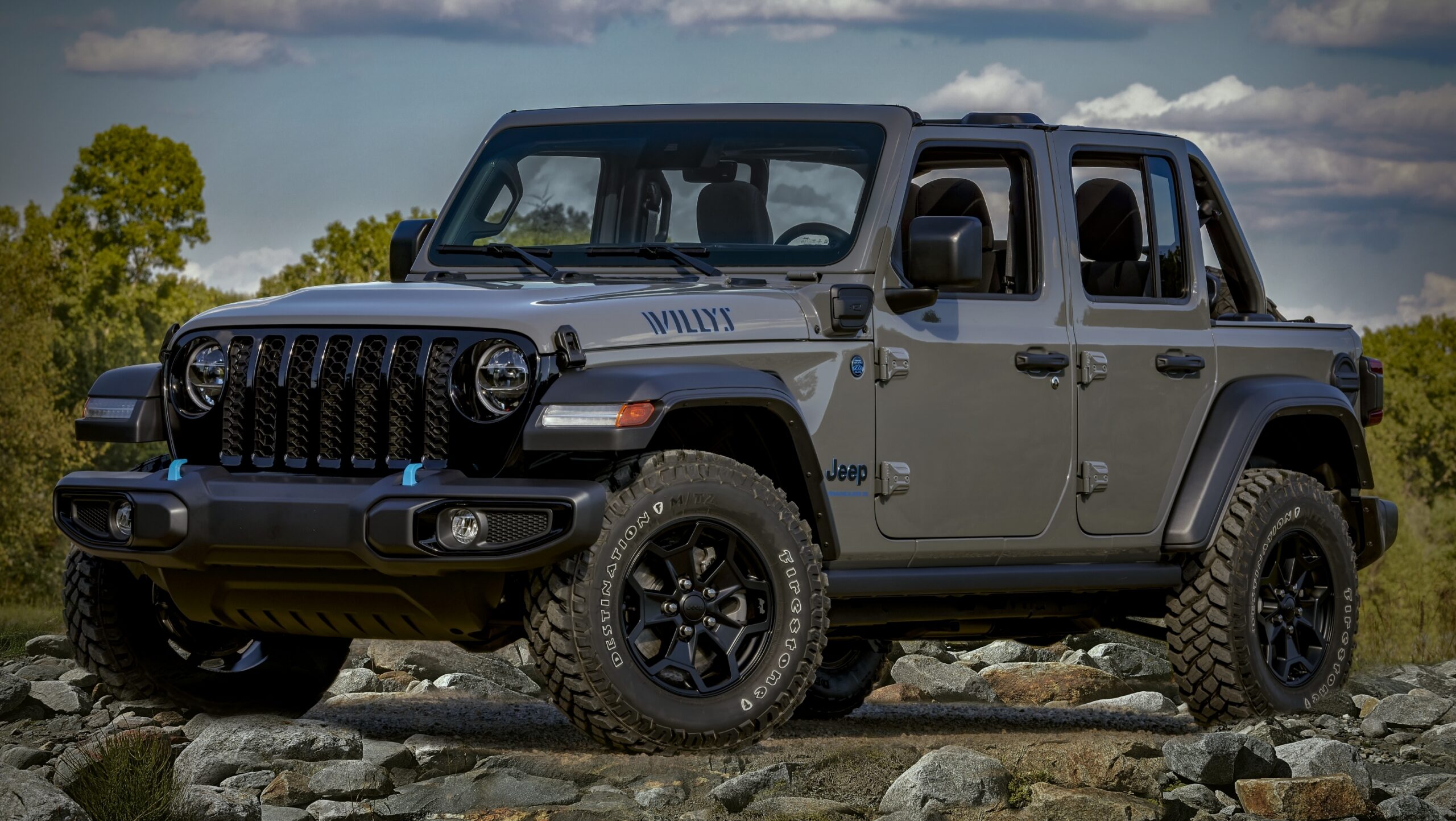
While robust, the VM Motori CRD engine has specific maintenance requirements and known failure points that prospective buyers should be aware of:
- Timing Belt: A critical maintenance item requiring replacement every 100,000 miles (or specific time interval) to prevent catastrophic engine failure.
- EGR System: The Exhaust Gas Recirculation (EGR) system can become clogged, leading to performance issues and potential "limp mode."
- Swirl Motor/Valve Issues: Related to the intake manifold, these can fail, affecting performance.
- Injector Seals: Prone to leakage, often detectable by "black death" (tar-like residue) around the injectors.
- Glow Plugs: Can be difficult to remove and are crucial for cold starts.
- Specialized Parts: Some CRD-specific parts may be harder to source or more expensive than common gasoline engine components.
Understanding these characteristics is vital when considering a replacement engine, as some issues can be mitigated with proper maintenance or addressed during the rebuilding process.
Why Buy a Replacement Jeep Liberty Diesel Motor?
The decision to purchase a complete replacement engine often stems from a few critical scenarios:
- Catastrophic Engine Failure: This is the most common reason. A thrown rod, failed timing belt leading to valve-piston contact, severe overheating causing head or block damage, or extensive internal wear can render the original engine irreparable or too costly to rebuild.
- Diesel Conversion/Swap: For owners of gasoline Jeep Liberty models (KJ generation) who desire the torque and fuel economy of the CRD, an engine swap is an ambitious but rewarding project. This requires significant mechanical expertise and sourcing not just the engine, but also the transmission (if different), ECU, wiring harness, and potentially other supporting components.
- Restoration Project: Enthusiasts restoring a CRD Liberty that has been sitting or has a non-running engine might opt for a complete replacement to get the vehicle back on the road.
- Cost-Effectiveness: In some cases, purchasing a good used or remanufactured engine can be more economical than a full rebuild of a severely damaged original engine, especially if specialized machine shop work is required.
Where to Find a Jeep Liberty Diesel Motor For Sale
Sourcing a CRD engine requires a focused approach, as they are not as ubiquitous as common gasoline engines. Here are the primary avenues:
- Salvage Yards/Auto Recyclers:
- Pros: Often the most affordable option, especially for complete pull-outs. You might find an engine still in a vehicle, allowing for some pre-purchase inspection.
- Cons: Unknown history and mileage. The condition can be highly variable. Warranties are typically limited or non-existent. You’re buying "as-is."
- Specialized Diesel Engine Suppliers/Remanufacturers:
- Pros: These companies rebuild engines to factory specifications, often with upgraded components to address known weaknesses. They typically offer a warranty (e.g., 1-3 years), providing peace of mind. Engines are usually tested before shipping.
- Cons: Significantly higher cost than a used engine. Lead times can vary.
- Online Marketplaces (eBay, Facebook Marketplace, Craigslist):
- Pros: Wide reach, potentially offering engines from private sellers or smaller shops. You might find good deals if you’re quick and lucky.
- Cons: High risk of scams or misrepresentation. Shipping can be complex and expensive. No warranty in most private sales. Requires careful due diligence.
- Jeep & Diesel Enthusiast Forums/Communities:
- Pros: Niche communities (e.g., LostJeeps.com, CRD-specific Facebook groups) can be excellent sources. Members often know the history of engines being sold, and you might find a well-maintained pull-out from an enthusiast upgrading or parting out a vehicle.
- Cons: Limited availability, often sold quickly. Still requires careful inspection.
What to Look For When Buying a Used or Remanufactured CRD Engine
Purchasing an engine without seeing it run is always a risk. Mitigate this risk by following these inspection guidelines:
- Mileage and History: For used engines, request documented mileage and service history. A timing belt replacement receipt is a huge plus.
- Visual Inspection:
- Leaks: Check for oil, coolant, or fuel leaks, especially around the injector hold-downs ("black death").
- Cracks/Damage: Inspect the block, head, and mounts for visible cracks, impact damage, or corrosion.
- Turbocharger: Check for excessive shaft play in the turbocharger (remove intake hose and feel the compressor wheel).
- Oil Condition: Look at the oil dipstick if possible. Clean oil is a good sign.
- Glow Plugs: Check if they look original or have been replaced.
- Completeness: Confirm what accessories are included: turbo, injectors, high-pressure fuel pump (HPFP), alternator, starter, AC compressor, wiring harness, sensors, etc. A "long block" usually excludes most external accessories, while a "complete drop-in" includes more.
- Warranty: Absolutely essential for remanufactured engines. Understand what it covers and for how long. For used engines, inquire about any return policy.
- Shipping and Logistics: Ensure the engine is properly crated for shipping. Factor in shipping costs and insurance.
- Seller Reputation: Buy from reputable sellers with positive reviews, especially online.
Installation Considerations and Potential Challenges
Installing a replacement CRD engine is a significant undertaking, whether you’re replacing like-for-like or performing a swap.
- DIY vs. Professional Installation:
- DIY: Requires specialized tools (engine hoist, transmission jack, specific Torx bits, timing belt tools), a service manual, and significant mechanical experience. Budget ample time.
- Professional: Recommended for those without extensive experience. Seek a shop familiar with diesel engines or, ideally, the Jeep Liberty CRD. Get multiple quotes.
- Required Supporting Components: Even with a complete engine, plan to replace:
- All fluids (oil, coolant, power steering, transmission fluid).
- All filters (oil, fuel, air).
- New timing belt kit (if not already done on a remanufactured engine).
- New belts and hoses.
- Consider replacing thermostat, water pump, and glow plugs while the engine is out.
- ECU Compatibility and Programming (for swaps): A gasoline Liberty’s ECU will not control a diesel engine. You’ll need the CRD’s ECU and potentially have it reprogrammed or "flashed" to work with your vehicle’s systems. This is often the most complex part of a swap.
- Emissions Compliance: Be aware of local and state emissions regulations, especially if performing a swap.
- Hidden Costs: Budget for unexpected issues like broken bolts, seized components, or additional parts needed once the old engine is removed.
Maintenance Tips for Your "New" CRD Engine
Once your "new" CRD engine is installed, proper maintenance is paramount to its longevity.
- Oil: Use only CJ-4 or CK-4 rated low-ash diesel specific engine oil. This is crucial for the diesel particulate filter (DPF) and overall engine health. Do not use conventional gasoline engine oil.
- Fuel Filter: Replace regularly (every 10,000-15,000 miles or as per manufacturer/filter recommendations) to protect the sensitive high-pressure fuel system. Use quality filters.
- Timing Belt: Adhere strictly to the recommended replacement interval (typically 100,000 miles or 5 years, whichever comes first). This is non-negotiable.
- Cooling System: Maintain proper coolant levels and quality. Flush and replace coolant at recommended intervals. Overheating is a major engine killer.
- EGR and Intake Cleaning: Consider periodically cleaning the EGR valve and intake manifold to prevent carbon buildup, especially if you drive a lot of short trips.
- Monitor Gauges: Pay attention to oil pressure, coolant temperature, and any warning lights. Address issues promptly.
- Quality Fuel: Use good quality diesel fuel from reputable stations.
Jeep Liberty Diesel Motor For Sale: Estimated Price Table
Prices for Jeep Liberty CRD engines can vary significantly based on condition, completeness, warranty, and seller. The table below provides estimated price ranges for different categories. These are general guidelines and actual prices may differ. Shipping costs are typically extra.
| Engine Type/Condition | Typical Price Range (USD) | Key Considerations/What’s Included |
|---|---|---|
| Used "Pull-Out" Engine | $1,500 – $3,500 | Engine pulled from a running/wrecked vehicle. Condition unknown. Minimal or no warranty. Usually includes turbo, injectors. |
| Used "Tested" Engine | $2,500 – $4,500 | A used engine that has been compression tested and visually inspected by the seller. Limited warranty (e.g., 30-90 days). |
| Rebuilt Engine | $4,000 – $6,500 | Engine disassembled, inspected, worn parts replaced (bearings, rings, gaskets, seals). Often comes with 6-12 month warranty. |
| Remanufactured Engine | $6,000 – $9,000+ | Engine fully disassembled, machined to factory specs, all wear parts replaced with new or reconditioned components. Often includes new pistons, camshafts, valvetrain. Typically 1-3 year warranty. Considered the most reliable option. |
| Complete Drop-In (Used) | $3,000 – $5,000 | Used engine with most accessories (alternator, starter, AC compressor, etc.) still attached. Condition as-is. |
| Complete Drop-In (Reman) | $7,500 – $10,000+ | Remanufactured engine with most external accessories installed, ready for immediate swap. Highest cost, highest reliability. |
Note: These prices do not include installation labor, shipping, or any additional parts (e.g., new fluids, filters, belts, hoses) that may be required.
Frequently Asked Questions (FAQ)
Q1: How much does a Jeep Liberty CRD engine cost?
A1: As detailed in the price table above, costs range from approximately $1,500 for a used "pull-out" to over $9,000 for a fully remanufactured, warranted engine.
Q2: Can I put a diesel engine in my gasoline Jeep Liberty?
A2: Yes, it’s possible, but it’s a complex and costly undertaking. You’ll need not just the engine, but also the CRD’s specific transmission, ECU, wiring harness, fuel system components, and potentially other ancillary parts. It requires significant mechanical and electrical expertise.
Q3: What are the most common problems with the VM Motori 2.8L CRD engine?
A3: The most frequently reported issues include timing belt failures (if not replaced), clogged EGR systems, swirl motor/valve failures, and injector seal leaks ("black death"). Proper maintenance can mitigate many of these.
Q4: Should I buy a used or a remanufactured engine?
A4: A used engine is cheaper but comes with higher risk and often no warranty. A remanufactured engine is significantly more expensive but offers peace of mind with a warranty and components rebuilt to factory specifications, often with improvements. Your budget and risk tolerance will dictate the best choice.
Q5: What’s the average lifespan of a well-maintained Jeep Liberty CRD engine?
A5: With diligent maintenance, including timely oil changes with correct oil, fuel filter replacements, and critical timing belt service, many CRD engines have exceeded 200,000 to 300,000 miles.
Q6: Are parts readily available for the Jeep Liberty CRD engine?
A6: While not as common as parts for domestic gasoline engines, most critical parts for the VM Motori 2.8L CRD are available through specialized diesel suppliers, online retailers, and some Mopar dealers. However, some specific components can be more challenging or expensive to source.
Conclusion
The Jeep Liberty Diesel CRD remains a compelling vehicle, offering a unique blend of efficiency and capability that sets it apart. Whether you’re seeking a replacement engine to revive a cherished vehicle or embarking on an ambitious diesel swap, understanding the nuances of the VM Motori 2.8L is crucial. By conducting thorough research, diligently inspecting potential purchases, and committing to proper maintenance, you can ensure that your "new" Jeep Liberty diesel motor provides many more miles of reliable, torquey performance. While the journey to acquiring and installing one may present challenges, the reward of owning and driving this distinctive diesel Jeep is often well worth the effort.
